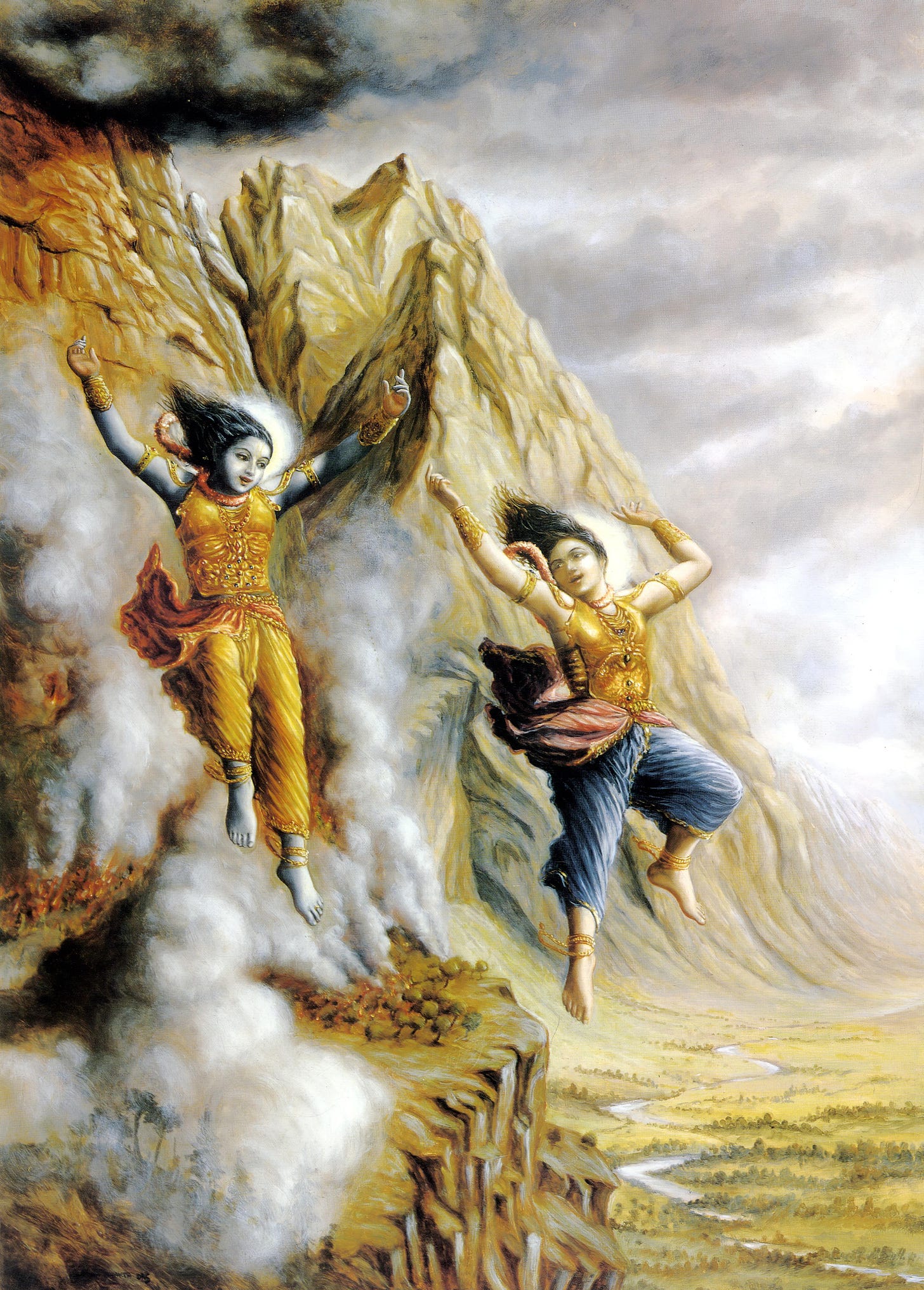Why implementing varnāśrama is much more difficult than many think
The original system of varnāśrama was lost. It became a lost technology, so to speak. How can we still bring it back despite this?
Subscribe to receive all the new articles. Optionally, you can pledge a donation:
We get information in the scriptures that in previous eras, most people had quite straightforward natures. Brahmanas used to be brahminical, ksatryas used to be honorable and brave, women used to have a tender and feminine nature, and so on. Due to this, varnāśrama was relatively straightforward to implement: one just had to understand what was one’s nature according to the four classes and two genders (or three according to some sources) and from there apply the concept of the four spiritual orders.
The problem is that the original system of varnāśrama was lost. It became a lost technology, so to speak. To a certain extent, varnāśrama is found in all societies, since it’s a natural system that is necessary for any workable society. No society can function without a certain level of varnāśrama. Even communist societies end up with intellectuals, soldiers, farmers, and workers. Aboriginal societies have shamans and other types of spiritual leaders, as well as warriors and so on. However, these are all just distorted reflections of the original varnāśrama system. They may be sufficient to have some kind of workable society, but they are far from the ideal system described in the Vedas.
Srila Prabhupada, as well as Srila Bhaktivinoda Thākura, were speaking about the importance of implementing the original varnāśrama system, starting from our spiritual society, but this is a goal much more complex than it may seem at first.
The first problem is that we don’t properly understand all the intricacies of the varnāśrama system. Since there is no society in the world where the system is still functional, there is no place where the system can be studied. All we have are the descriptions from the scriptures and the works of our previous acaryas, and fragments of the system that still survive in certain cultures.
One who wants to create a modern implementation of varnāśrama has to understand the general ideas from these different sources and, from there, try to use his intelligence and experience to try to fill the gaps based on descriptions given by the scriptures and our previous acaryas. The problem is that many mistakes can be made in the process.
By studying the Mahabharata, we can have a glimpse of how the system was complex, not only with numerous rules and exceptions but also a complex system of priorities, on which certain duties have priority over others. Without properly understanding all the nuances, we end up trying to implement stereotyped versions of varnāśrama, and the results are far from ideal.
Not only is the varnāśrama system more complex than it may appear at first glance, but Kali-yuga makes things significantly more complicated than in previous eras. One of the greatest problems in Kali-yuga is that people have mixed natures, and thus, rigid formulas that force people to fit into stereotypes don’t work. Therefore, any workable implementation of varnāśrama will have to be very carefully taught to be able to take into account people’s mixed natures and help them progress in the right direction.
For example, many defend that women should be restricted to only the traditional role of housewife, failing to take into consideration that many women have a mixture of tendencies. The great majority of women need family life, but many may have aspirations, talents, and abilities that also have to the addressed and properly engaged in Krsna’s service. In the same way, it’s rare to find devotees who have pure brāhminical, ksatriya, vaisya, or even sudra tendencies. Almost everyone has mixed natures, and this must be taken into account when we try to engage them in devotional service.
To try to fit everyone into a rigid structure regardless of their inclinations is not Vedic culture, but communism. True varnāśrama means to engage people according to their natures, so everyone can have the best opportunities to advance in spiritual life.
Maybe after a number of generations, we may come to a point when people will again be pure and have straightforward natures, just like in other eras, but until then, we need to take into consideration the mixed natures most people have in this day and age.
You can also donate using Buy Me a Coffee, PayPal, Wise, Revolut, or bank transfers. There is a separate page with all the links. This helps me enormously to have time to write instead of doing other things to make a living. Thanks!



I agree. According to me mixed nature is a natural occurence because we all have different proportions of sata, raja and tama gunas. Gurukuls helped to find the most dominant nature of students and in addition to their vasanas they gave them a proper varna. In today's society students spend most of the time in family and a society which is not evolved, which results new souls to not become aware of their true potential. If the system is again introduced, definetely it will take few generations to make a varna based society where no one is restricted to follow their aspirations as well as duties.